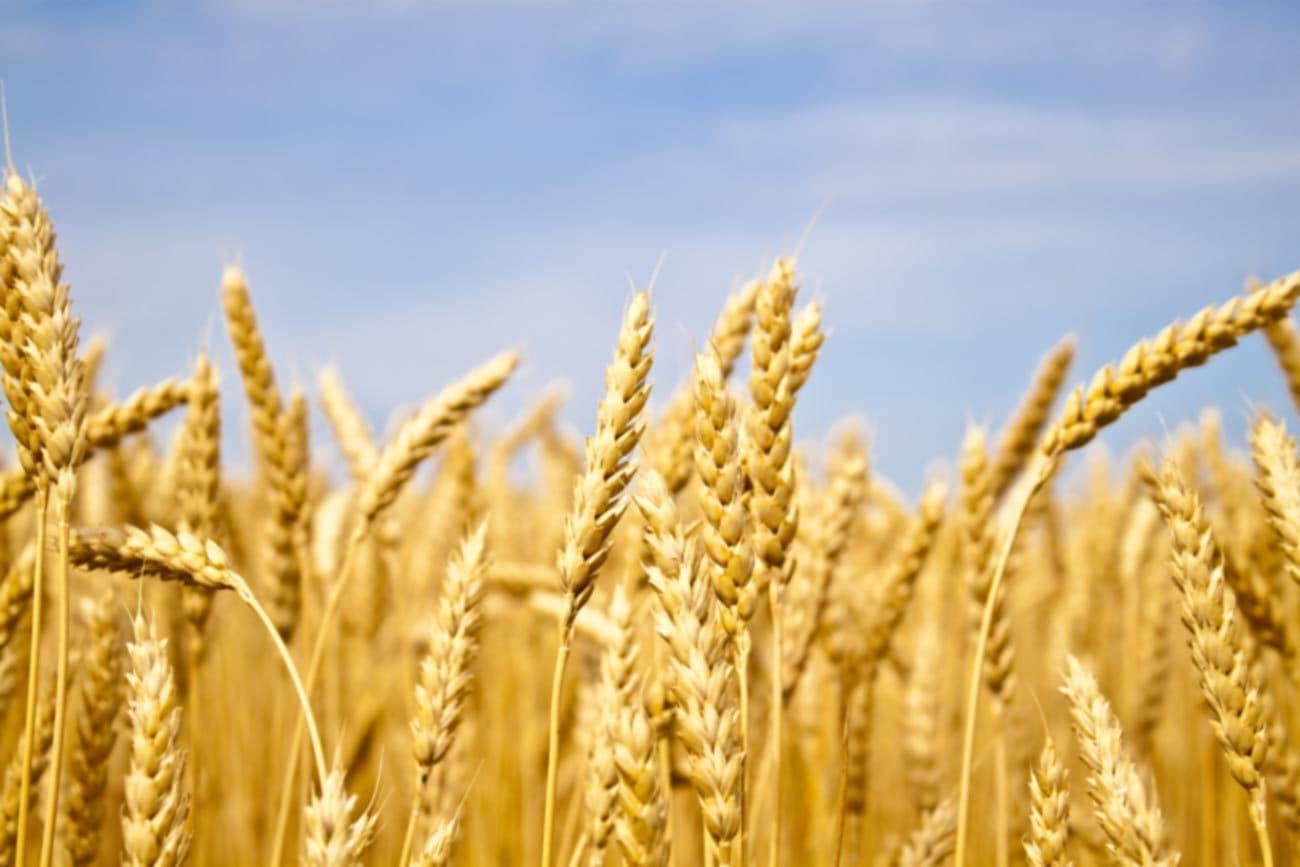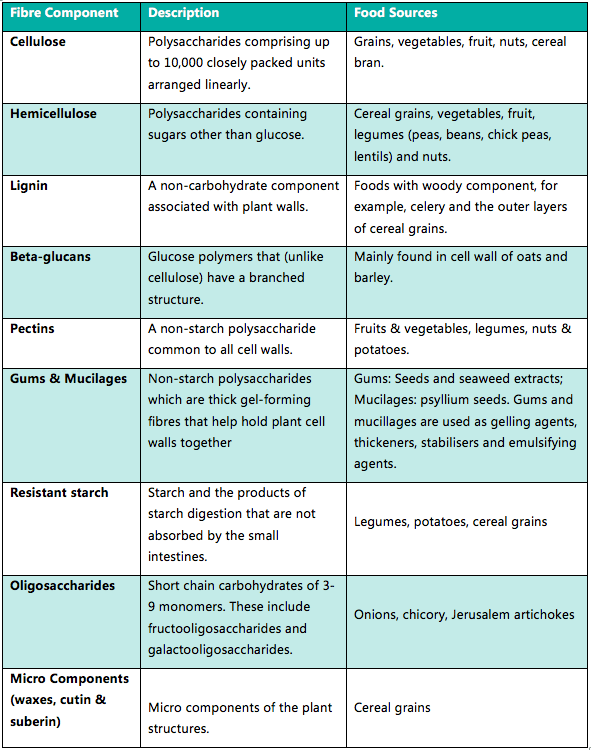What is dietary fibre?
Fibre is a complex carbohydrate made up of non starch polysaccharides, resistant starches and/or cellulose.
Dietary fibre used to be known as ‘roughage’, and refers to a group of substances in plant foods which cannot be completely broken down by human digestive enzymes.
In this this article you will learn what dietary fibre is, the different types, the best sources and how much to eat.
Before digging in, as a valued reader of the blog, I’d like to extend you an invitation to our upcoming and totally FREE online training workshop:
‘The Proven Nutrition Strategies of Elite Trainers’.
This workshop is for you if you want to finally learn the best nutrition protocols and evidenced-based strategies to help your clients achieve life-changing results.
This workshop is our most complete training on how to make nutrition coaching easy and profitable.
All you need to do to attend is click here to register your free spot.

What is Dietary Fibre
Over the last number of years a lot of attention has been given to defining or what is dietary fibre, however this has been a challenging and controversial issue.
This is because fibre cannot be defined as either a single chemical entity or a group of related compounds. Also, different fibre types may have one or more physiological functions or health benefits, which makes it difficult to define them by health outcomes.
Lastly, it is not known whether fibre has positive effects only within the food matrix, or whether it also functions when isolated. This has made it very difficult for authorities to truly define fibre.
In 2009 the international CODEX alimentary agreed on the following definition, and this is now recognised across Europe:
Dietary fibre consists of one or more of:
To summarize this, any edible carbohydrate polymers that occur naturally in foods should have evidence of a beneficial physiological effect, and this needs to be supported by generally accepted scientific evidence.
Up until this definition was created and accepted, the UK definition had been expressed as any non-starch polysaccharides (NSP’s). NSP’s are classified as the cell wall compartments of plants and include cellulose, hemicelluloses, pectins, lignin, gums, and beta glucagon.
The updated definition by CODEX highlights that there are often compounds that are not digested nor classified within the human tract. This therefore includes resistant starches, oligosaccharides and some micronutrients functions.
Many UK food authorities still use NSP’s as a measure of dietary fibre.
Types of Fibre
There are essentially two kinds of fibre and each is unique, possessing specific beneficial qualities.
Soluble fibre
This fibre type is very resistant to being broken down by the digestive enzymes in our mouth, stomach and small intestine.
It is therefore partially digested in the large intestine, where good bacteria ferment it, producing butyric acid (found in butter) and acetic acid (found in vinegar). This helps the digestive system maintain its acidity and good health. (1) (2) (3)
The following types of fibre fall into this category:
- Gums – are added to foods to help add texture and extend shelf life. Most importantly, they also slow down the absorption of glucose.
- Pectins – are slightly acidic and aid in the absorption of certain minerals like zinc.
Inulin – is a pre biotic that feeds good bacteria in the stomach.
The benefits of soluble fibre:
1. Reduced risk of cancer
Fibre helps remove any build up of cancer producing compounds. As fibre is fermented into short chain fatty acids, this helps the colon maintain its pathogen killing acidity.
2. Lower LDL levels
As fibre is fermented into short chain fatty acids, this process also appears to result in a decrease in LDL (the bad) cholesterol levels. (4) (5) (6)
3. Stabilised blood sugar
Soluble fibre slows down the digestion time of foods, particularly starchy carbohydrates, thus reducing the release of glucose into the bloodstream.
Dietary fibre has also been shown to improve glycemic control which has an important role in managing diabetes. (7) (8) (9)
Insoluble fibre
This is the most digestion resistant fibre and is therefore passed through the digestive system intact. Its main role is to simply aid transport of other foods and liquids.
It does this by absorbing water and thus adding ‘bulk’ to our stools, making our faeces move faster through the intestines.
These types of fibre are typically lignin, cellulose or hemicellulose.
The benefits of insoluble fibre:
1. Less constipation
Insoluble fibre keeps us regular, as we know it aids in the transportation of other foods and liquids. It cannot be digested and absorbs water in the process. (10)
2. Reduced risk of cancer and bowel disease
By keeping us regular, it means the good bacteria outnumber the bad bacteria in our body. If this is not the case, putrefaction occurs, meaning toxic substances can build up and be reabsorbed in the body, This has been linked to bowel disease and certain cancers. (1) (2) (3)
Sources of Fibre
It’s important to eat a wide variety of fibre containing foods, as the various components of dietary fibre are found in different proportions in different foods.
Below you will find a table that breaks down the various fibres into their components, further explanations and their ideal food sources. This is in line with the CODEX definition and therefore includes resistant starch, oligosaccharides and micro components:

How Much Fibre Should You Eat
The recommended average daily intake for fibre is 18g for adults and proportionally less for children.
Most people are not eating much dietary fibre. The National Diet and Nutrition Survey reported that 72% of men and 87% of women were not meeting the recommended 18g of NSP’s per day.
They suggested that the average intake was 15g for men and 13g for women per day.
Measuring Fibre
The UK food industry uses the Englyst method for determining the amount of fibre in a food. This method measures plant cell wall components of dietary fibre, referred to as non-starch polysaccharides (NSP’s).
Other European and American countries use the American Association of Analytical Chemists (AOAC) method, which not only includes NSP’s, but lignin and resistant starches too. Due to the additional categories, the recommended daily intake of fibre when using the AOAC is 24g.
There are current discussions at the European level to decide on the most appropriate methodology to ensure that the definition is applied consistently in the labeling of foods.
European regulations on nutrition and health claims state that, for a product to be a ‘source’ of fibre, it should contain at least 3g of fibre per 100g or at least 1.5g per 100kcal.
A product claiming to be ‘high in fibre’ should contain at least 6g of fibre per 100g or at least 3g of fibre per 100kcal. (12)
Summary
Fibre is an important part of our diets, and we know high fibre foods tend to be healthier than the low fibre alternatives.
Although we can see the benefits of including fibre in our diets, focusing on the daily-recommended intake may not be required if eating a diet based around whole unprocessed foods. With the addition of vegetables and some fruit, this should be more than sufficient for most people.
Become an elite-level nutrition coach
My team and I have just finished up creating a brand new online training workshop called 'The Proven Nutrition Strategies of Elite Trainers.'
Best part? It costs you nothing. This is your official invite - all you need to do to attend is click here to register.
This free nutrition course is for you if you want to finally learn the best nutrition protocols and evidenced-based strategies to help your clients achieve life-changing results.
Join me and I’ll walk you through the exact steps you need to take in order to get incredible client results, boost your confidence and build your business with proven nutrition coaching strategies.

